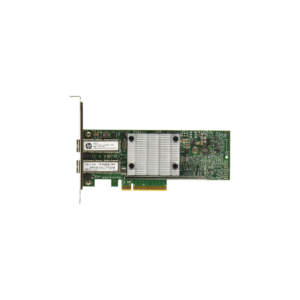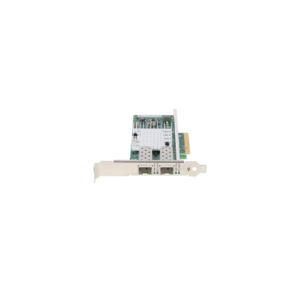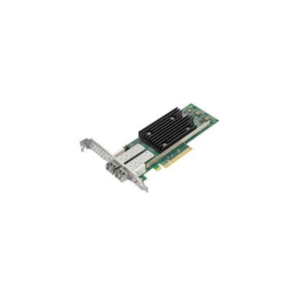
The Cisco ATA192-3PW-K9 is part of the Cisco ATA 190 Series, a line of Analog Telephone Adapters (ATA) designed to enable businesses and residential users to connect analog phones and fax machines to a VoIP (Voice over IP) network. This particular model comes with 3 FXS (Foreign Exchange Station) ports, which allow multiple analog devices to connect to the digital VoIP system, making it an ideal solution for small businesses or enterprises transitioning from traditional phone systems to a more modern and cost-effective VoIP infrastructure.
Key Features:
3 FXS Ports:
-
- The ATA192-3PW-K9 provides 3 FXS ports, allowing users to connect up to three analog phones or fax machines to a VoIP network. This is perfect for small businesses or office environments that need to retain some of their analog devices while adopting VoIP technology.
High-Quality Voice and Fax Support:
-
- The device is engineered to deliver high-quality voice calls and reliable fax services over the internet. It supports G.711, G.729, and G.722 codecs, ensuring that voice communication is clear and efficient, even over internet connections that may have varying levels of bandwidth.
Power Over Ethernet (PoE):
-
- The ATA192-3PW-K9 supports Power over Ethernet (PoE), which allows it to receive both power and data through a single Ethernet cable, simplifying installation and reducing cable clutter. This is particularly useful for installations where electrical outlets are limited.
Simple Configuration:
-
- This adapter is designed for easy installation and configuration, allowing users to quickly set up VoIP services without needing advanced technical expertise. It can be configured through a simple web-based interface, with support for automatic provisioning.
Security:
-
- The ATA192-3PW-K9 provides robust security features including TLS and SRTP for encrypted signaling and media streams, ensuring that voice calls and sensitive information remain secure over the internet.
Compatibility:
-
- The ATA192-3PW-K9 is compatible with most VoIP service providers, making it versatile and easy to integrate into an existing VoIP setup. It supports SIP (Session Initiation Protocol), allowing it to work with a wide range of VoIP services and solutions.
Compact and Durable Design:
-
- With a compact form factor, the ATA192-3PW-K9 is easy to deploy in any office or home environment. It’s built to withstand continuous use, ensuring reliable operation for everyday communication needs.
Integrated Analog Telephony:
-
- This device allows users to retain their existing analog phones while benefiting from the cost savings and flexibility of VoIP technology. Whether it’s for personal use or for a small office, it bridges the gap between legacy phone systems and modern internet-based telephony.
Ideal Use Cases:
- Small Businesses: Ideal for businesses transitioning from traditional phone systems to VoIP, the ATA192-3PW-K9 allows for the continued use of analog phones while taking advantage of the cost-effective and flexible nature of VoIP.
- Home Users: Home users can continue using their analog phones without upgrading to digital or IP-based phones, ensuring seamless integration into their home VoIP setup.
- Office Environments: Offices with existing analog devices can integrate those devices into their VoIP network without replacing them, saving on equipment costs while improving voice communication capabilities.
- Fax Machines: The adapter supports fax over IP, enabling analog fax machines to be used with VoIP services, ensuring businesses with faxing requirements can still communicate without needing a separate phone line.
Cisco ATA192-3PW-K9 is a versatile Analog Telephone Adapter that connects analog phones and fax machines to a modern VoIP network. With its 3 FXS ports, support for high-quality voice and fax services, easy configuration, and PoE support, it’s an ideal solution for businesses and individuals looking to integrate their analog devices with VoIP technology. Whether for small offices, home users, or environments that require faxing, the ATA192-3PW-K9 provides a cost-effective and reliable way to modernize communication infrastructure.











